Real estate video marketing strategies guide agents through proven tactics to sell homes. This article covers core principles—setting clear goals, using simple scripts, tracking the right metrics, and following legal/privacy basics. You’ll get staging and lighting tips, listing tricks that speed sales, smart CTA placement, virtual tour and drone best practices, paced walkthrough structure, consistent branding, platform ad tips, plain SEO moves, and how authentic testimonials close deals.
Key takeaway
- Start with a strong visual hook
- Highlight key property features and neighborhood benefits
- Keep videos short, captioned, and mobile-friendly
- Include one clear call to action (CTA) and contact details
- Use testimonials, walkthroughs, and virtual tours
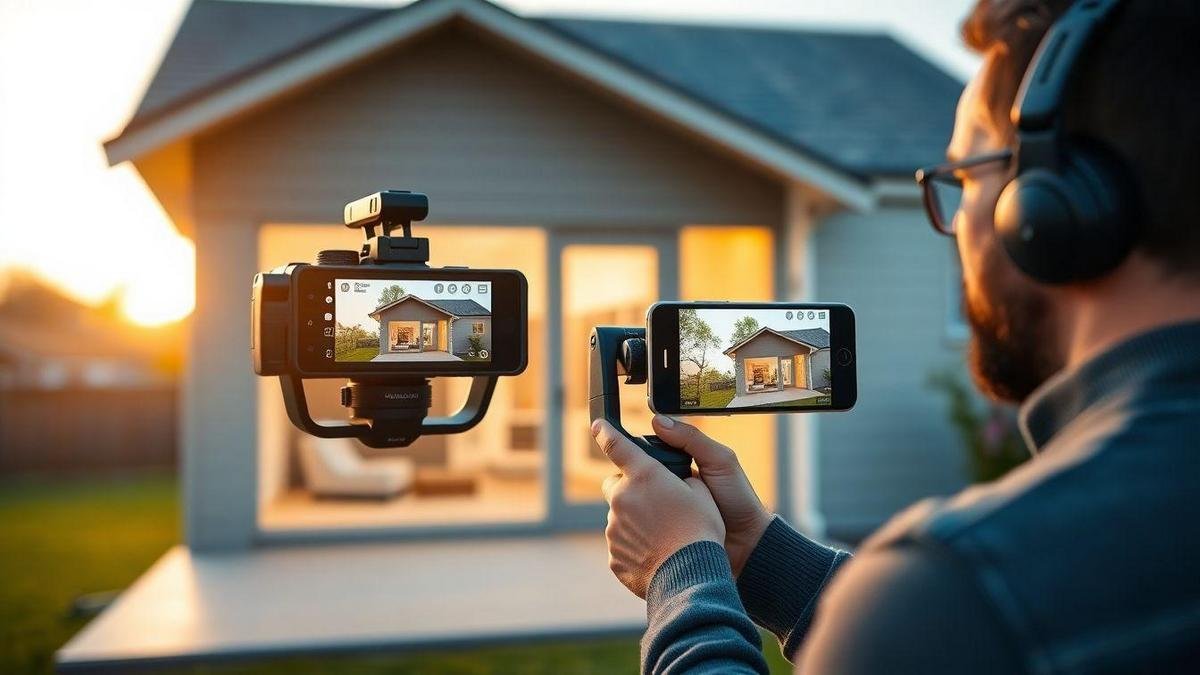
Core principles agents follow
Why they use clear goals and simple scripts
Every shoot begins with clear goals: lead generation, a virtual tour, or brand reach. Keep the script short and matched to that goal—short lines read better on camera and keep viewers engaged. A focused plan saves time in filming and editing and allows more frequent posting.
Best practices:
- Keep listing videos under 90 seconds.
- Start with one strong value statement.
- Add a single, clear CTA (paired with effective lead generation tools to capture interest).
Metrics to track: views, watch time, leads
Agents focus on three numbers to guide improvements:
| Metric | What it shows | How to act |
|---|---|---|
| Views | How many clicked | Improve thumbnail, title, posting time |
| Watch time | How long viewers stay | Shorten intro; add a hook in first 5s |
| Leads | Contacts from forms/calls | Change CTAs, simplify forms, follow up fast (use your CRM and follow-up templates) |
Use A/B tests (thumbnails, CTAs) over a week. Small changes often move the needle.
Legal & privacy basics
Protect clients and follow laws: obtain consent, remove personal items, check music rights, and add required disclosures.
Quick checklist:
- Obtain written consent from the homeowner.
- Blur or remove documents, photos, and addresses.
- Use licensed music or platform libraries.
- Add agency/legal disclosures where required.
- Follow platform ad and data-capture rules.
When collecting contact information, offer a clear opt‑in and a brief note on data use to build trust and integrate leads into email workflows like those in email marketing for real estate.
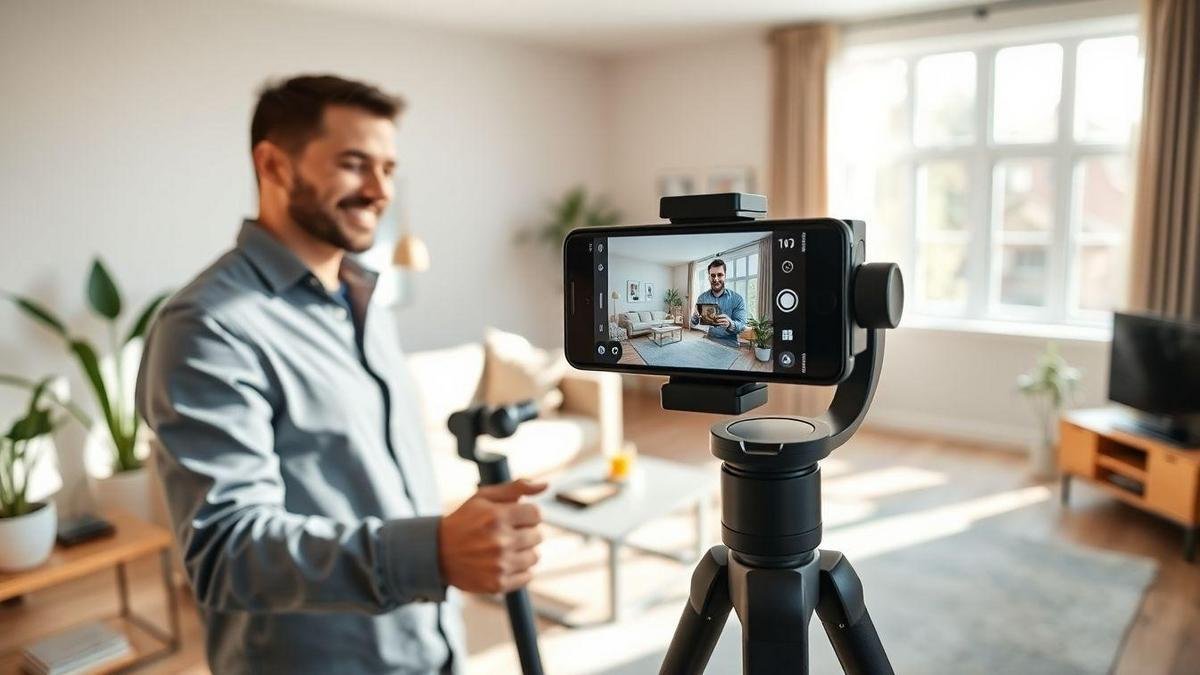
Property listing video tips that work
Staging and lighting for real images
Focus on clean lines, bright light, and a clear focal point. Open curtains, add warm lamps, remove clutter, and place a couple of accessories to guide the eye.
Practical tips:
- Keep shots low and steady to show depth.
- Use soft, even lighting to avoid harsh shadows.
- Highlight windows and outdoor views early.
| Element | Practical tip | Effect on buyer |
|---|---|---|
| Declutter | Clear counters, tuck away shoes | Shows usable space |
| Lighting | Shoot near windows warm lamps | Feels inviting |
| Furniture | Open pathways; small table | Shows flow & scale |
A bright, calm room in video is like a warm handshake—comfortable and inviting.
Simple scripts that highlight what buyers need
Lead with a quick hook, state top facts, and end with a clear next step. Keep language plain.
Script structure:
- Hook (0–5s): neighborhood or best feature.
- Facts (5–20s): beds, baths, sq ft, upgrades.
- Tour (20–45s): key spaces and flow.
- Close (last 5s): clear CTA and contact.
Keep lines punchy—buyers scan like headlines.
Best CTA placement
Place the CTA at the end and on-screen during the last 5–8 seconds. Use one verbal CTA and one visual overlay.
| Placement | Why it works | Example |
|---|---|---|
| End of video | Viewer ready to act | “Schedule a tour today.” |
| Overlay (last 5–8s) | Easy to copy phone/link | Phone number short link |
| Description | For search and clicks | Full contact showing times |
A CTA should be a simple next step—call, click, or book. Combine CTAs with optimized capture flows and CRM workflows so leads are followed up promptly.

Virtual tours & 360° experiences
How 360° tours show full layouts
360° tours give a clear sense of space and layout, reducing guesswork and producing more qualified leads—acting as a digital open house.
| Feature | Benefit | Typical impact |
|---|---|---|
| 360° panorama | Shows layout & flow | Higher time on page |
| Guided path | Highlights best angles | Higher contact intent |
| Floor-plan sync | Links rooms to map | Faster decisions |
In many cases, adding 360° tours increases engaged visitors and lowers low-interest inquiries. 360° tours are a key component of effective Real estate video marketing strategies, serving as a visual hook that drives action.
Interactive hotspots
Add hotspots to explain perks—tap or click to show text, photos, or short clips. Common hotspot types:
- Appliance demo (short video)
- Material callout (photo note)
- Room size (quick spec)
- Call-to-action (book a visit)
Hotspots guide viewers through selling points and raise trust.
Mobile-first design
Many buyers browse on phones. Optimize for fast load and simple controls; follow mobile-first principles like those in the mobile-first real estate marketing guide.
| Mobile factor | Best practice |
|---|---|
| Load time | Compress images; lazy load |
| Controls | Big touch targets; simple gestures |
| Playback | HTML5 player; no heavy plugins |
| CTAs | Sticky contact buttons |
A bold contact button on every screen increases conversions.
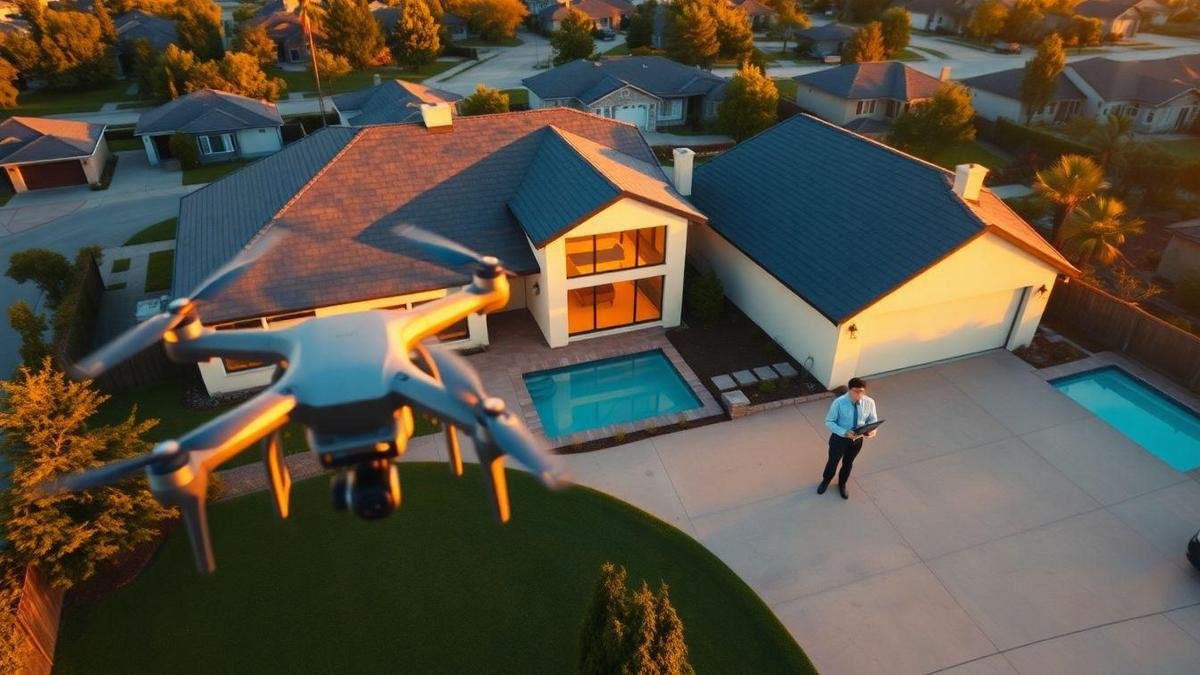
Drone footage: when and why to use it
Aerial shots show context and scale
Aerials reveal property size, lot lines, and nearby amenities (parks, transit, waterfront). Pair aerials with interior clips to tell a complete story—start high and move in for a natural flow.
Using Real estate video marketing strategies, short aerial clips tied to interiors help viewers picture both property and neighborhood at once. Learn technique tips from coverage of drone real estate photography.
Follow local drone rules and permits
Drone work requires checking local laws and permits. Respect privacy—avoid flying over neighbors without permission.
Compliance steps:
- Confirm drone registration.
- Check no-fly zones and temporary restrictions.
- Hold required pilot certification or hire a certified operator.
- Respect privacy and avoid flying over private yards.
- Carry insurance when required.
Safe altitudes and shot plans
| Shot type | Typical altitude | Purpose | Quick tip |
|---|---|---|---|
| Wide property overview | 60–120 m | Show full lot & neighborhood | Fly in golden hour |
| Close exterior sweep | 15–30 m | Highlight roof/pool/yard | Slow, steady movement |
| Approach shot | 20–40 m | Lead from street to house | Start wide, end at entry |
| Context shot | 40–80 m | Show nearby amenities | Use simple graphics to show distance |
Shot plan:
- Pre‑flight checklist: battery, props, settings.
- Start with a high overview, move to mid sweeps, finish with a low approach.
- Review footage on-site and reshoot shaky clips.
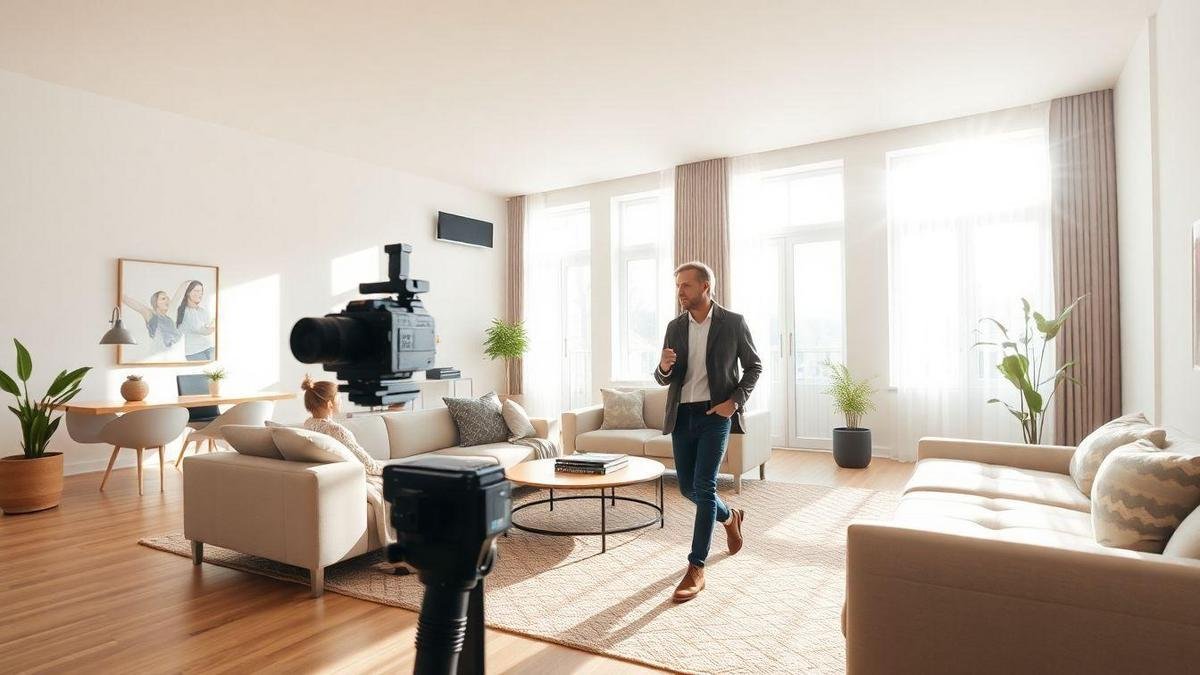
Video walkthroughs: structure and pacing
Start with curb appeal and main living areas
Open with a strong exterior shot to set the scene, then move to main living spaces (living room, kitchen, master). These shots answer buyers’ immediate questions: brightness, space, and layout.
| Shot | Duration | Purpose |
|---|---|---|
| Front exterior | 5–8s | Show curb appeal |
| Entry / foyer | 4–6s | Bridge outside to inside |
| Living room | 8–12s | Show central gathering space |
| Kitchen | 10–15s | Highlight features and flow |
| Master suite | 8–12s | Sell comfort and privacy |
Smooth transitions to show flow
Mimic a real visit: move through doorways or hallways so the layout becomes obvious without text.
Techniques:
- Use a gimbal/stabilizer for walking shots.
- Move at human pace—neither rushed nor slow.
- Linger on one key feature per room.
| Transition method | Impact |
|---|---|
| Doorway pass-through | Shows layout flow |
| Hallway reveal | Builds curiosity |
| Wide reveal from corner | Shows scale and sightlines |
| Cut to detail then back | Highlights features without losing context |
Ideal video length by property and platform
Short videos win attention; longer tours build trust.
Recommended lengths:
- Small condos: 45–90 seconds
- Family homes: 90–150 seconds
- Luxury estates: 2–4 minutes, with a short highlight reel first
| Platform | Best length |
|---|---|
| Instagram / TikTok | 15–60s |
| Facebook feed | 30–90s |
| Listing page / YouTube | 90–240s |
| Virtual tour hubs | 2–4 minutes |
Always place the best 20–30 seconds up front.
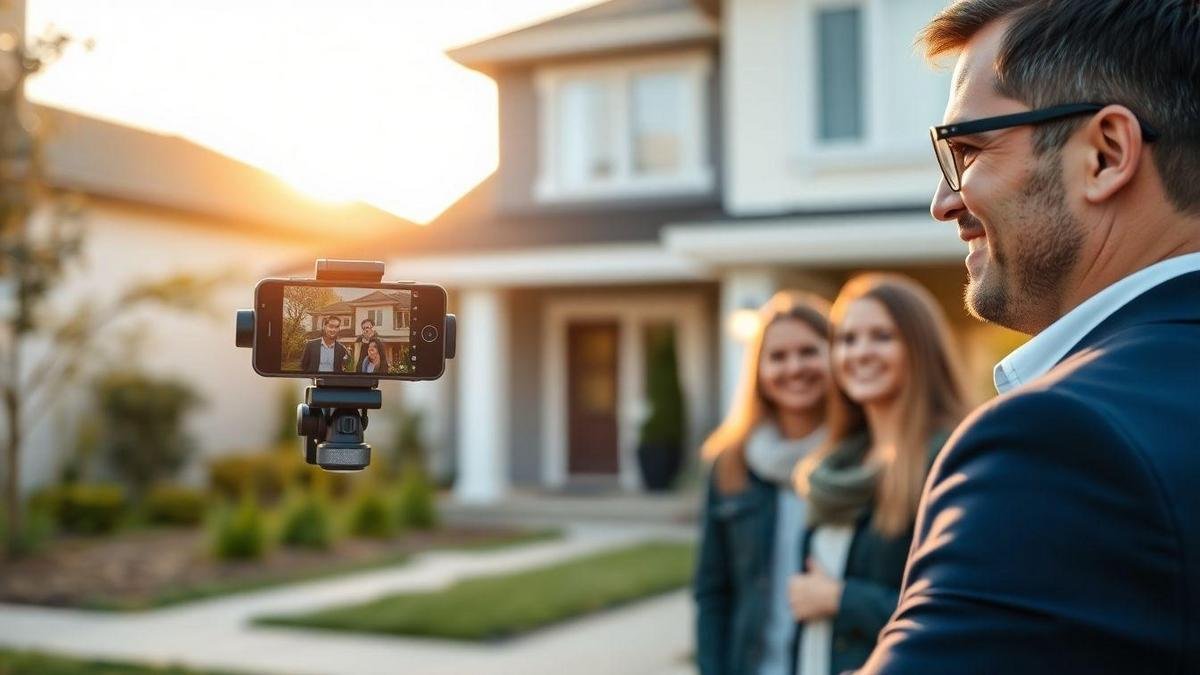
Branding & storytelling
Keep a consistent look, tone, and logo
A consistent logo, color palette, and tone build recognition and trust—core to any effective Real estate video marketing strategies. For deeper brand systems, see the real estate branding strategy approach.
| Element | Quick tip |
|---|---|
| Logo | Show 2–3s at start and end |
| Color palette | Use 2–3 brand colors across assets |
| Tone | Pick warm/professional/energetic and keep it |
| Length | Short clips for social; 60–90s for listings |
Small brand cues—a short jingle or signature shot—become a recognizable stamp.
Client-centered stories
Tell client-first stories that focus on real people and outcomes. Testimonial and story-driven clips increase engagement and trust.
Format:
- Start with the client’s problem.
- Show the agent solving it.
- End with a human moment.
Intro and outro best practices
Intros: 3–5s, lead with a problem or promise.
Outros: 5–8s, include logo, contact, and a tagline. Use a consistent sound cue and a friendly CTA.
Do: clear logo reveal, short recognizable music, end with branded contact info.
Don’t: long slow openings, change sounds every video, or overload the screen with text.
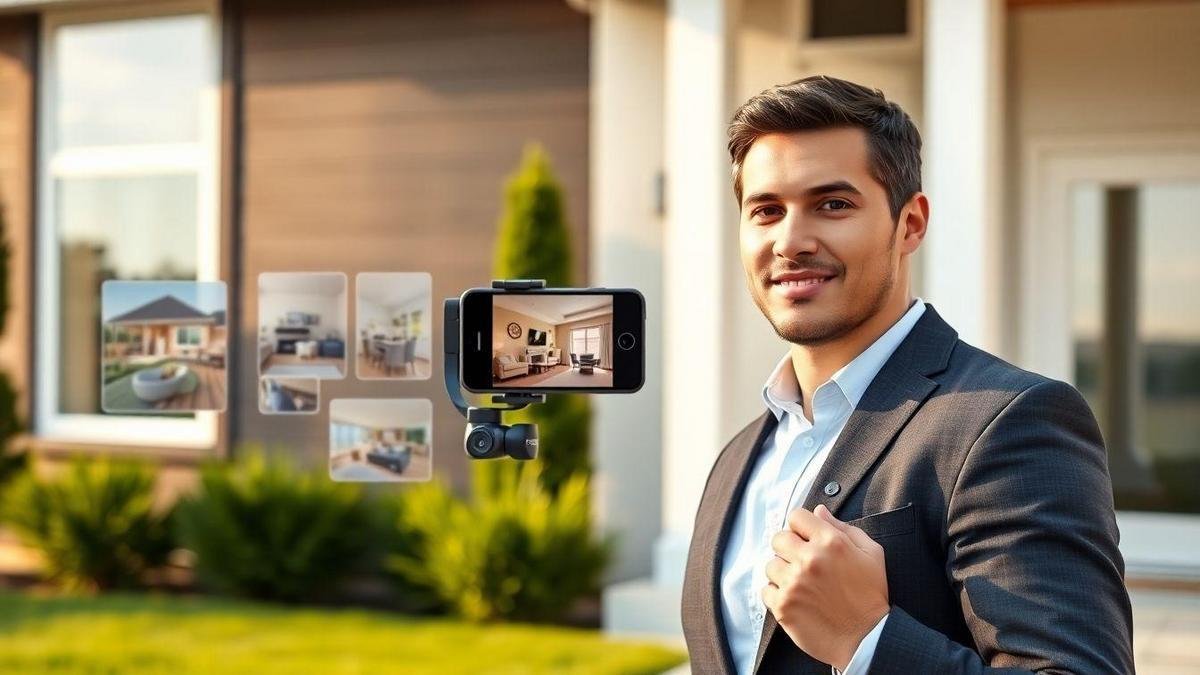
Social media ads: platform best practices
Short clips for Reels; longer tours for YouTube
Use short clips on Reels/TikTok with a hook in the first 1–3 seconds. Longer, detailed tours belong on YouTube and listing pages. Short clips drive clicks; long tours build trust—both are part of robust social media marketing for real estate strategies.
Captions and targeting
Run ads with captions for mute viewing, accessibility, and better search. Pair captions with precise targeting: location, age, interests, and custom audiences from website visitors or past leads.
Example: show a beachfront condo to users who follow local travel pages for higher relevance.
Recommended ad lengths:
| Platform | Recommended Length | Best use |
|---|---|---|
| Instagram Reels / TikTok | 15–30s | Quick hooks; bold overlays |
| Facebook Feed / Stories | 15–60s | 15s for stories; up to 60s for features |
| YouTube Short | 15–60s | Teasers linking to full tour |
| YouTube Long Form | 3–10 min | Full walkthroughs & local context |
| 30–90s | Commercial listings & pro pitch |
When boosting high-performing clips, combine paid tactics with focused PPC campaigns and consider retargeting with AI to re-engage warm viewers.
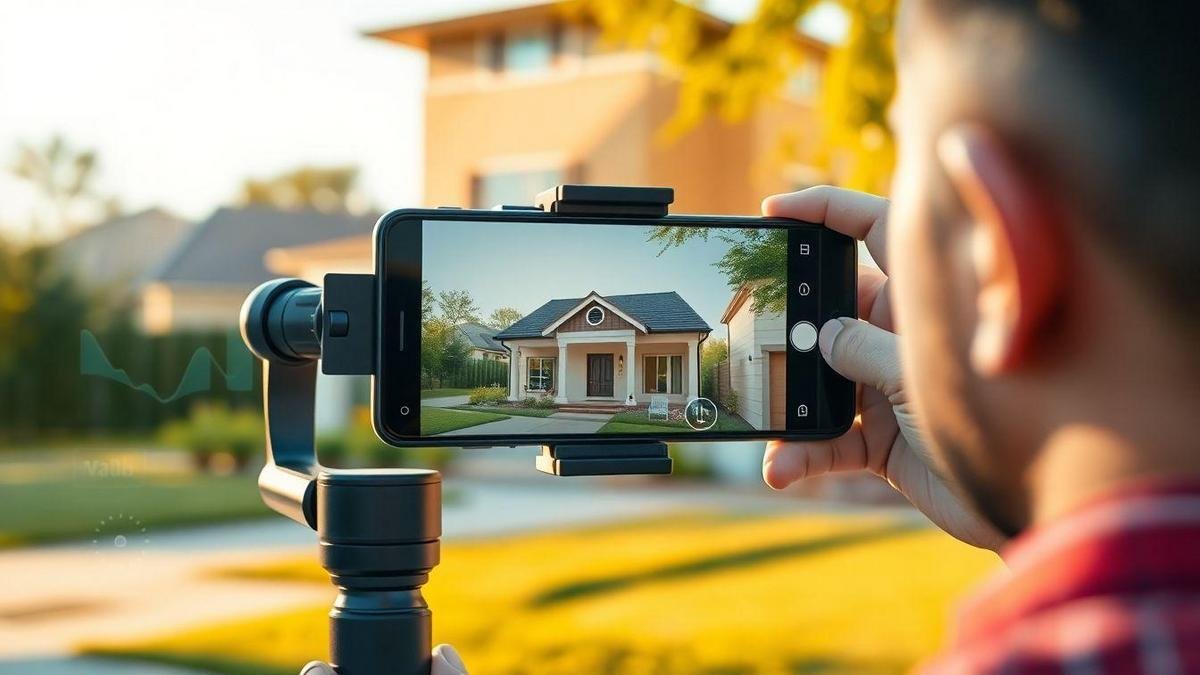
Video SEO for property listings
Clear titles, descriptions, and location tags
Write titles with property type, neighborhood, and a benefit. Include the exact address or city/suburb in the title or first line of the description. Put the phrase Real estate video marketing strategies in the description alongside a short summary of the listing to help search visibility.
| Element | Example | Why it matters |
|---|---|---|
| Title | 3‑bed Home in Maplewood — Large Yard | Shows type & place |
| Description | 3 bed, 2 bath near Maple Park. Tour inside. Contact info. | Gives text for indexing |
| Location tag | Maplewood, CityName | Signals local intent |
For deeper on-page tactics that support video distribution, see the real estate SEO guide.
Transcripts and captions
Add a full transcript under the video and accurate captions. They increase searchable text, accessibility, and the chance your video appears in search results.
Benefits:
- More searchable content
- Better experience for silent viewers
- Higher chance to be shown to local buyers
Time-stamp major sections (room tours, highlights) so viewers and search tools can find relevant parts.
Strong thumbnails
Thumbnails are your shop window. Use one clear focal image (room, facade, or view), bright contrast, and readable overlay text. Faces work well, as do dramatic architectural shots.
Do: clear focal image, short overlay text, bright & sharp image.
Don’t: overload with text, use low-contrast colors, or generic stock photos.
Testimonial videos: authentic proof that sells
Ask specific questions about the buyer experience
Guide speakers with short prompts to elicit honest, powerful answers.
| Sample question | Purpose |
|---|---|
| “What first drew you to this home?” | Shows appeal |
| “How did the agent help during the offer?” | Shows service |
| “What surprised you after moving in?” | Highlights real benefits |
| “Would you recommend this area?” | Builds credibility |
Keep the tone natural and avoid scripted lines.
B-roll plus interviews builds trust
Pair candid answers with slow B-roll: exterior, kitchen, street, and small details to confirm claims.
| B-roll type | Why it helps |
|---|---|
| Exterior curb shot | Sets location & curb appeal |
| Kitchen/high-use areas | Shows function & quality |
| Street/nearby park | Places the home in community |
| Details (fixtures, views) | Confirms seller claims |
Short B-roll clips keep pacing tight while supporting the testimonial.
Consent and release forms
Get written permission before recording. A short release should state use cases (web, social, ads), duration, editing rights, and carry signatures and dates. Store releases with the video files and label with date/property ID.
| Consent element | What to include |
|---|---|
| Identity | Names of speaker and agent |
| Use cases | Websites, social, ads |
| Time frame | How long the video may run |
| Rights | Permission to edit and distribute |
| Signature & date | Proof of agreement |

Advanced distribution & analytics (how Real estate video marketing strategies scale)
To scale impact, link production to distribution and analytics. This is where strategy becomes repeatable.
Distribution tactics:
- Post a 15–30s teaser to Reels/TikTok, a 60–90s cut for Facebook, and a full tour on YouTube and the listing page.
- Use paid boosts on high-performing clips with precise geo-targeting and retargeting loops. See ideas for combining paid and retargeting channels in the retargeting with AI guide.
- Syndicate the tour to virtual tour hubs and MLS where allowed; tie listing pages into broader digital marketing strategies.
Analytics to watch beyond basics:
- Conversion rate (views → contact) by platform.
- Cost per lead on paid campaigns.
- Retention curve (where viewers drop off).
- Engagement by segment (buyers vs. renters, local vs. out-of-area).
Apply predictive signals from predictive analytics to prioritize leads and refine ad spend.
Action loop:
- Produce aligned content (hook, facts, CTA).
- Distribute tailored cuts per platform.
- Measure conversions and retention.
- Iterate: double down on formats that drive leads.
Repeatable systems—templates for script, shot list, and edit—let teams scale the playbook efficiently and measure ROI with the frameworks in real estate marketing ROI analysis. Tie lead capture into CRMs and nurture flows to convert interest into appointments and offers.
Conclusion
A strong set of Real estate video marketing strategies blends clear goals, short scripts, and measured metrics with crisp staging, steady lighting, and tight walkthrough pacing. Place a single strong CTA, keep branding consistent, and support listings with 360° tours and tasteful drone footage. Prioritize mobile-first formats, readable captions, and clean thumbnails. Legal basics and written releases protect clients; authentic testimonials and smart B-roll provide the human proof that turns interest into action.
Keep it visual, honest, and simple. Small, repeatable habits—a strong hook, one clear next step, and data-driven tweaks—move listings faster than one-off flashy pieces. Real estate success comes from steady steps, repeated with discipline.
For more practical guides and examples, visit RealHubly.
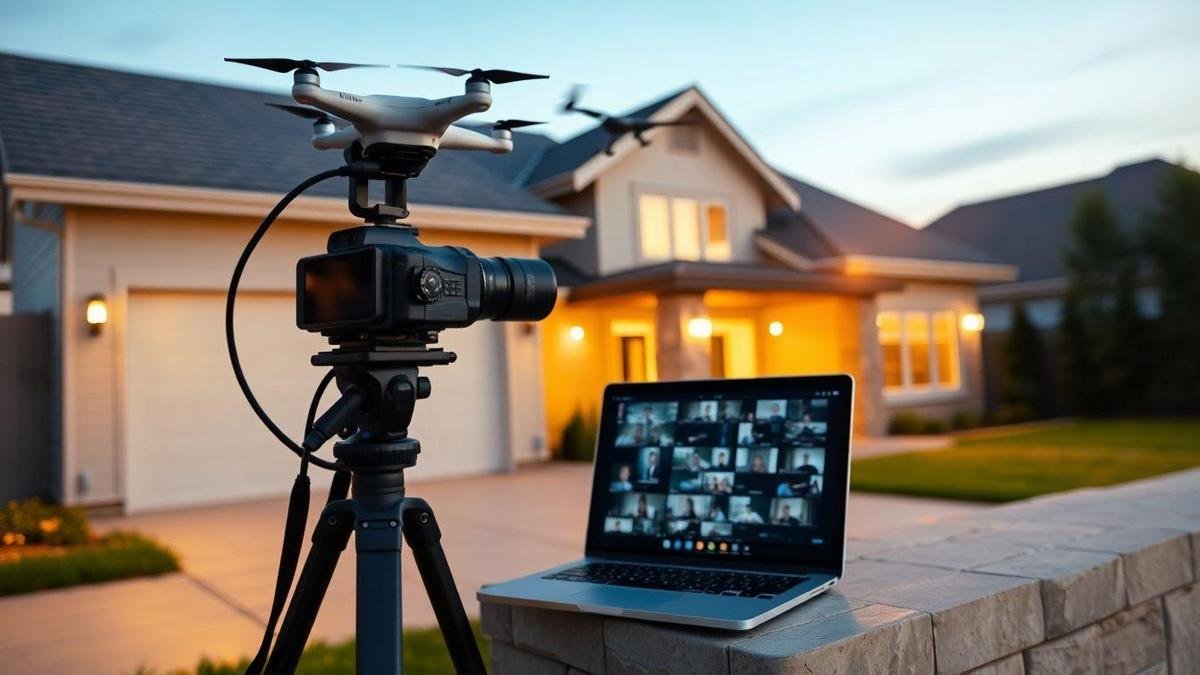
3 Responses
[…] name, design a clean banner, and organize smart channel sections. Use high‑impact video ideas — model home tours and walkthrough formats, construction behind the scenes, and well‑crafted drone footage — plus solid SEO for property […]
[…] Use clear photos and 15–30s video for listings (optimize with video marketing techniques). […]
[…] format to preference: video watchers get clips (use video marketing strategies); mortgage-interested leads get pre-approval […]